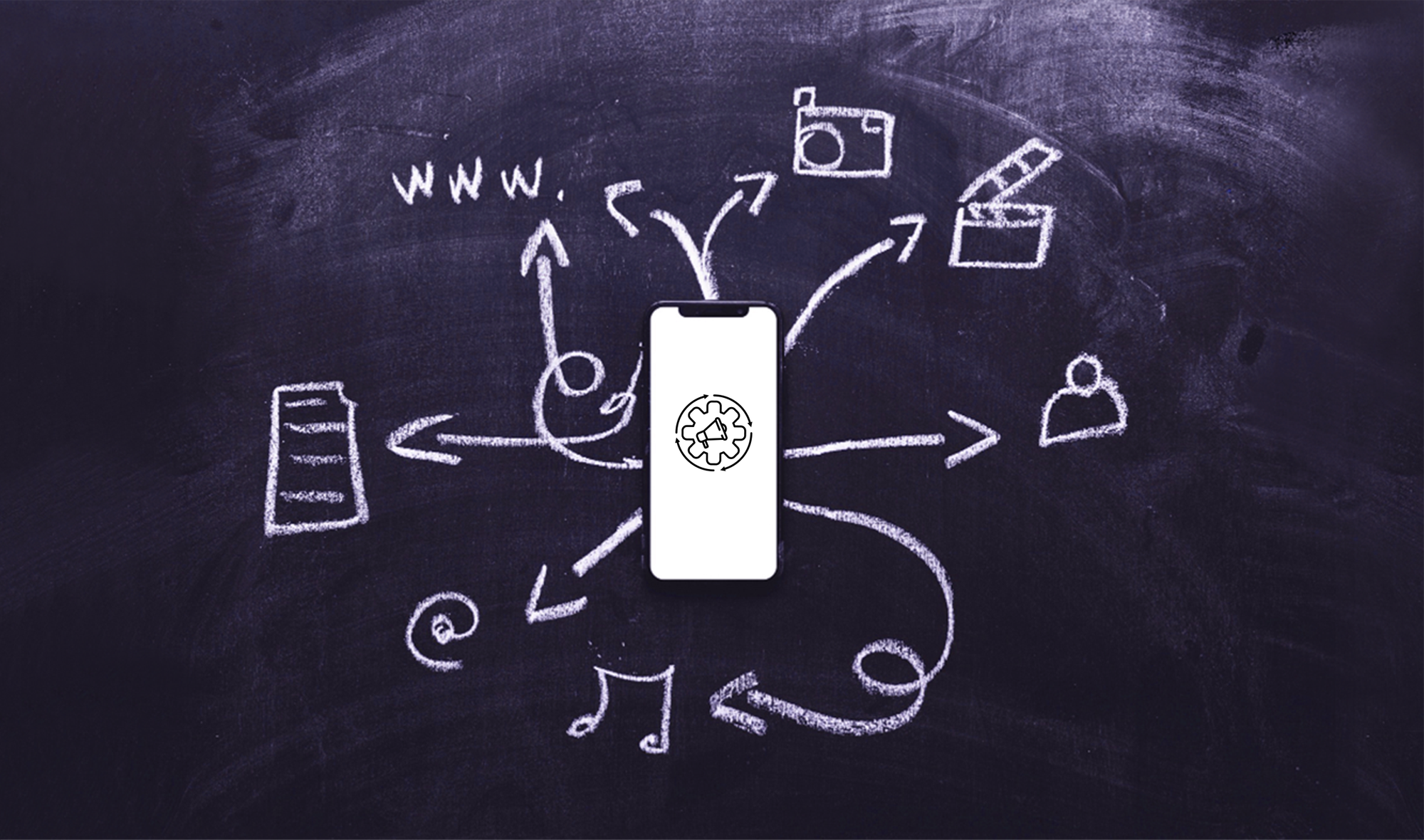Why Marketing Automation Needs Strategy Over Features

Marketing automation platforms have revolutionized the way businesses engage with their audience. With the ability to streamline workflows, enhance customer experiences, and ultimately drive sales, these tools have become indispensable for marketing managers. But as the landscape of marketing automation continues to evolve, there is a growing realization that simply stacking features isn't enough. It's essential to prioritize strategy over feature sets to harness the true potential of these platforms.
In this post, we'll explore why a strategy-first approach is crucial for marketing automation and offer actionable insights to help you develop and implement an effective strategy.
*Prioritizing a strategy-first approach in marketing automation leads to meeting specific business objectives rather than wasting time experimenting with countless features you don't need.
*Marketing automation should be integrated with broader marketing efforts, including content, SNS, and SEO, to enhance overall effectiveness and drive better results.
*Regular monitoring, data analysis, and iterative improvements are crucial for refining your automation strategy.
The Pitfalls of the Feature-First Approach
In the race to adopt the latest marketing automation tools, many organizations fall into the trap of focusing on features rather than strategy. While it may seem advantageous to choose a platform loaded with capabilities, this approach often leads to inefficiency and poor ROI.
For instance, a company might invest in a marketing automation platform with advanced segmentation, A/B testing, and multi-channel campaign management. However, without a coherent strategy, these features can become overwhelming and underutilized. Marketing teams may find themselves juggling multiple tasks without a clear direction, leading to fragmented efforts and suboptimal results.
Additionally, a feature-first approach can result in inflated costs. Businesses might pay for functionalities they don't need or use, draining resources that could be better spent on strategic initiatives. By focusing solely on features, organizations risk overlooking the core objectives that marketing automation should serve.
The Strategic Approach to Marketing Automation
A strategy-first approach to marketing automation involves aligning the use of tools with broader business and marketing objectives. Rather than being distracted by a myriad of features, it's about understanding how automation can drive your specific goals and create value for your organization.
This approach starts with clearly defined objectives. Whether it's increasing lead generation, improving customer retention, or enhancing campaign performance, these goals should guide your automation efforts. By aligning automation with strategic targets, you ensure that every action taken delivers measurable impact.
Another key aspect of a strategy-first approach is integration. Marketing automation should not operate in isolation but should be part of an integrated marketing strategy that includes content marketing, social media, SEO, and more. This holistic view ensures that automation enhances overall marketing effectiveness rather than acting as a standalone entity.
How to Develop a Solid Automation Strategy
Developing a robust marketing automation strategy requires careful planning and a deep understanding of your business needs. Here are some steps to get you started:
Identify Goals and KPIs
Begin by setting clear, achievable goals for your marketing automation efforts. These goals should be specific, measurable, attainable, relevant, and time-bound (SMART). Once your goals are defined, establish key performance indicators (KPIs) to track progress and measure success. This could include metrics like lead conversion rates, customer engagement levels, and campaign ROI.
Understand Your Audience and Customer Journey
Next, gain a comprehensive understanding of your target audience and their customer journey. This involves mapping out the different stages of interaction between your customers and your brand, from awareness to consideration to purchase and beyond. By identifying pain points and opportunities within this journey, you can tailor your automation efforts to address specific needs and deliver personalized experiences.
Choose the Right Tools Based on Strategy
With your goals and customer insights in hand, select a marketing automation platform that aligns with your strategy. Focus on tools that offer functionalities directly supporting your objectives rather than getting distracted by an abundance of features. The right platform should enhance your ability to execute your strategy effectively.
Case Studies
Let's look at some real-world examples of companies that successfully transitioned from a feature-first to a strategy-first approach in marketing automation.
Example 1
Company A initially invested in a feature-rich marketing automation platform but struggled to see significant ROI. The marketing team was overwhelmed by the sheer number of options and failed to use the platform effectively. After reevaluating their approach, they shifted their focus to aligning automation with their core marketing objectives. By streamlining their efforts and concentrating on critical functionalities, they achieved a 50% increase in lead conversions within six months.
Example 2
Company B faced similar challenges with a feature-heavy platform that led to inefficiencies. Recognizing the need for a strategic overhaul, they realigned their automation efforts with their customer journey. By using automation to deliver targeted content at each stage, they improved customer engagement by 40% and saw a marked increase in repeat purchases.
Tips for Successful Implementation
Successfully implementing a strategy-first approach to marketing automation requires practical steps and a clear focus. Here are some tips to help you along the way:
Start Small and Scale
Begin with a pilot program focused on a specific goal or campaign. This allows you to test your strategy, gather insights, and make necessary adjustments before scaling up. Starting small ensures that you have a solid foundation and can build on your successes.
Foster Collaboration
Marketing automation should be a collaborative effort involving various departments, including sales, customer service, and IT. Fostering a culture of collaboration ensures that everyone is aligned with the strategy and working towards common goals. Regular communication and feedback loops are essential for continuous improvement.
Monitor and Optimize
Continuous monitoring and optimization are critical for the success of your marketing automation strategy. Regularly review your KPIs, analyze performance data, and make data-driven decisions to refine your approach. This iterative process ensures that your strategy remains relevant and effective.
Conclusion
In the world of marketing automation, strategy reigns supreme. While features are essential, they should serve as tools to achieve strategic objectives rather than the focal point of your efforts. By adopting a strategy-first approach, marketing managers can unlock the true potential of automation, driving efficiency, enhancing customer experiences, and achieving measurable results.
Now is the time to reassess your current approach to marketing automation. Consider the benefits of a strategic shift and take actionable steps to align your efforts with your broader business goals. By doing so, you'll be well-positioned to thrive in an increasingly competitive landscape.
At FlareLane, our marketing automation features offer a comprehensive solution for enhancing customer interaction and engagement. With advanced analytics, real-time communication tools, and personalized marketing strategies, we can help you create meaningful and lasting customer relationships.
Ready to take your customer engagement to the next level? Learn more about how FlareLane can help your business thrive.


